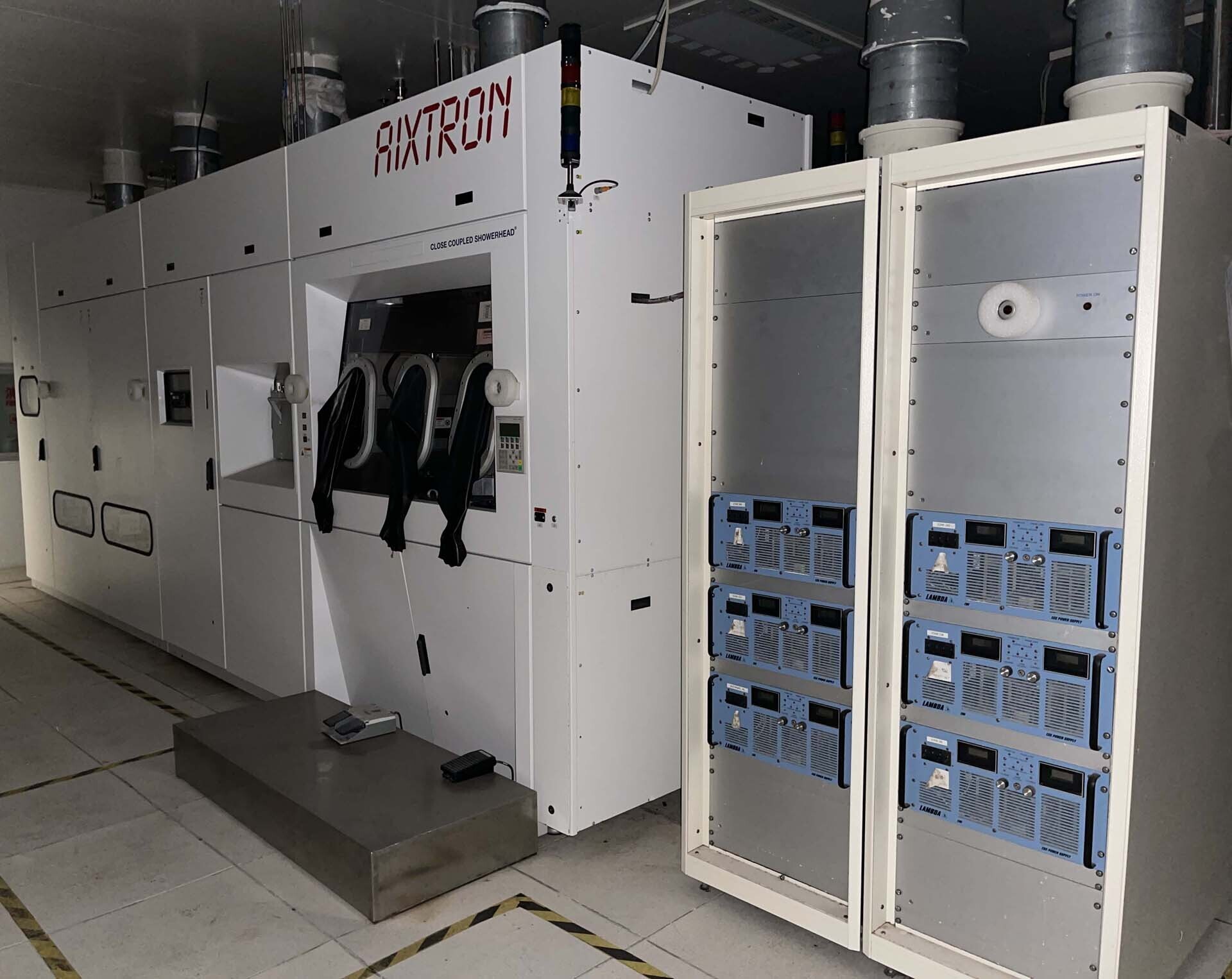Used AIXTRON Crius 31x2" #9350512 for sale
It looks like this item has already been sold. Check similar products below or contact us and our experienced team will find it for you.
Tap to zoom


Sold
AIXTRON Crius 31x2 is a reactor designed by AIXTRON GmbH, a German manufacturer of specialized equipment for semiconductor processing. The Crius 31x2 is a high-power quartz metal-organic vapor phase epitaxy (MOVPE) equipment used to produce advanced semiconductor and optoelectronic materials. It features both vertical and horizontal gas flows to enable the deposition of large area substrates. The reactor is characterized by high throughput, low thermal gradients, and low substrate damage. The Crius 31x2 has two identical batch reactors, each consisting of one quartz growth chamber, two separate gas delivery systems, and one quartz substrate holder. The growth chamber is 22cm in diameter and 90cm in length and is capable of processing up to two 4 inch or three 6 inch diameter substrates. The growth chamber is equipped with an AIXTRON CDS500 Digital System Controller, the CDS600 Advanced Process Controller, and Vital-View3x Software to enable precise control of the parameters needed for MOVPE growth. AIXTRON Crius 31x2 provides users with high-yield deposition of advanced materials at a significantly higher throughput than other MOVPE systems. It is outfitted with a special gas distribution unit that maintains extremely low thermal gradients within the reactor, reducing surface and substrate damage. AIXTRON Crius 31x2 has been successfully used for producing high-quality, high-performance compound semiconductor materials and optoelectronic devices, including LEDs, lasers, photodetectors, and solar cells. The machine has also been used for the deposition of thin films such as dielectrics, metals, and alloys. Overall, AIXTRON Crius 31x2 is an advanced and reliable MOVPE reactor that provides excellent performance for producing optoelectronic devices and other advanced materials. The combination of high throughput, low thermal gradients, and low substrate damage enables users to produce high-quality, high-performance materials.
There are no reviews yet